Alien earth 'could support life', but what is Kepler 438b like?
Newly discovered planet is 40 per cent hotter than Earth – but sits in the 'Goldilocks zone' with liquid water
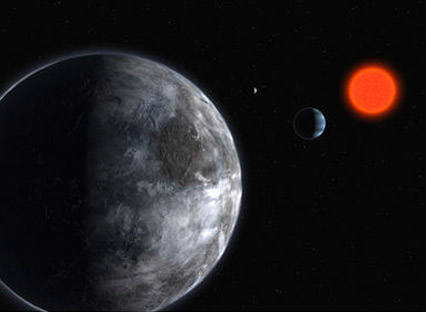
Astronomers have discovered eight new planets that could potentially host life, including one that is "the most Earth-like" they have found yet.
The "incredible" findings were announced at a meeting of the American Astronomical Society in Seattle. But what makes them so significant?
What has been discovered?
The Week
Escape your echo chamber. Get the facts behind the news, plus analysis from multiple perspectives.

Sign up for The Week's Free Newsletters
From our morning news briefing to a weekly Good News Newsletter, get the best of The Week delivered directly to your inbox.
From our morning news briefing to a weekly Good News Newsletter, get the best of The Week delivered directly to your inbox.
Astronomers have identified eight new alien planets that appear to orbit their parent star in the habitable 'Goldilocks' zone – a range of distances from the star where water could exist in a liquid state on the planet's surface. Scientists believe that such planets stand the best chance of supporting life.
"Most of these planets have a good chance of being rocky, like Earth," study lead author Guillermo Torres, of the Harvard-Smithsonian Center for Astrophysics (CfA), said in a statement.
Researchers said that more work was necessary before any firm conclusions about the planets' habitability could be drawn, but that the new discoveries showed promise.
"We don't know for sure whether any of the planets in our sample are truly habitable," said co-author of the study, David Kipping. "All we can say is that they're promising candidates."
A free daily email with the biggest news stories of the day – and the best features from TheWeek.com
How were the planets found?
Astronomers found the planets by analysing photographs taken by Nasa's Kepler space telescope – a 4.7 metre-long spacecraft that orbits the sun every 371 days. Researchers identify new planets by looking for "transits" – the dimming of light from stars when an object travels in front of them. Scientists are then able to learn more about these planets by comparing data from other telescopes on Earth.
Are Earth-like planets rare?
So far, just 1,000 alien planets have been identified as potential worlds by the Kepler telescope, Science.com says. Of the more than 1,000 verified planets, just eight have been added to the list known as Kepler's "hall of fame", a small collection of planets that are similar in size to Earth and sit within their stars' habitable zone.
The most Earth-like of them all is one of the new discoveries announced yesterday – a planet known as Kepler 438b which is possibly "even more similar to our home than Kepler 186f – which previously looked to be our most likely twin," the BBC reports.
How similar to Earth is Kepler 438b?
The newly discovered planet is thought to be 12 per cent larger than Earth and 40 per cent hotter. It also orbits a cooler red dwarf star "so [its] sky would look redder than ours does to us," Dr Doug Caldwell from the Seti (Search for Extra-Terrestrial Intelligence) Institute in California told the BBC.
What might the planet be like?
Not much is yet known about the newly discovered planets, but according to Dr Caldwell a few assumptions can be made. "We know their size and the energy they're receiving from their star. So we can say - well, they're of a size that they're likely to be rocky, and the energy they're getting is comparable to what the Earth is getting."
However, Calwell said that the limited data means "we don't know if these planets have oceans with fish and continents with trees" but he said that continued study of the solar system would help scientists "learn more about what it means to be Earth-like".
Can we go to Kepler 438b?
Kepler 438b is 475 light years from Earth, so travelling there is presently impossible. The German-designed Helios probes, notable for having set the current speed record among spacecraft at 252,792 km/h, would take 2,029,278 years to travel to Kepler 438b. So if you would like to get there in time for tea in the year 2031293 you had better set out now.
-
 Metaverse: Zuckerberg quits his virtual obsession
Metaverse: Zuckerberg quits his virtual obsessionFeature The tech mogul’s vision for virtual worlds inhabited by millions of users was clearly a flop
-
 Frank Gehry: the architect who made buildings flow like water
Frank Gehry: the architect who made buildings flow like waterFeature The revered building master died at the age of 96
-
 Is MAGA melting down?
Is MAGA melting down?Today's Big Question Candace Owens, Tucker Carlson, Laura Loomer and more are feuding
-
 The Week Unwrapped podcast: Jared’s mission, puberty and a telescopic loss
The Week Unwrapped podcast: Jared’s mission, puberty and a telescopic lossThe Week Recommends What is Jared Kushner up to? How will a new court ruling affect young trans people? And why was a great telescope left to rot?
-
 Pet parrot saves man from house fire
Pet parrot saves man from house fireSpeed Read And other stories from the stranger side of life
-
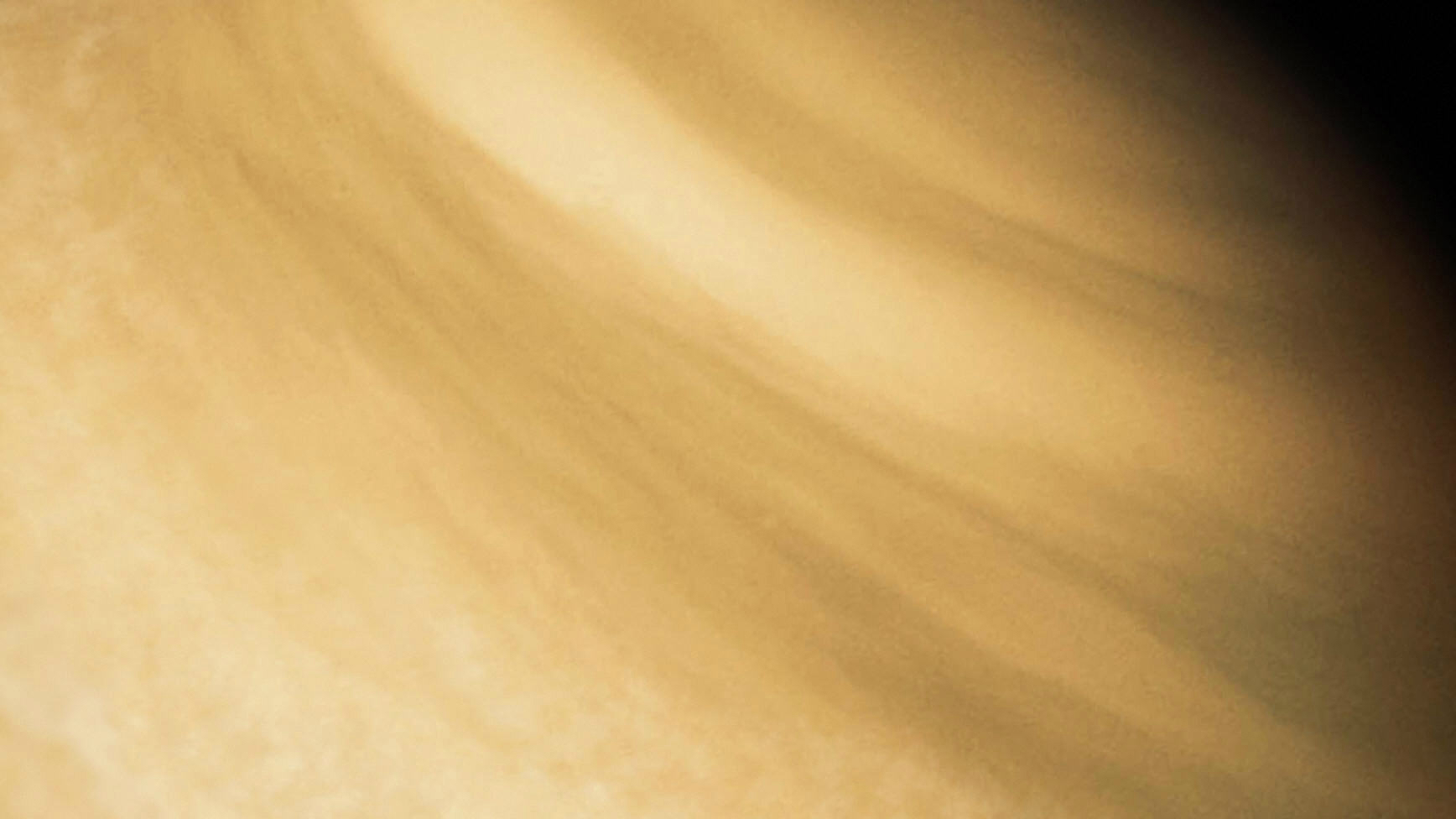 Life on Venus? What we know so far
Life on Venus? What we know so farIn Depth Astronomers announce ‘mind-boggling’ discovery of ‘biosignature’ gas phosphine in clouds above the planet
-
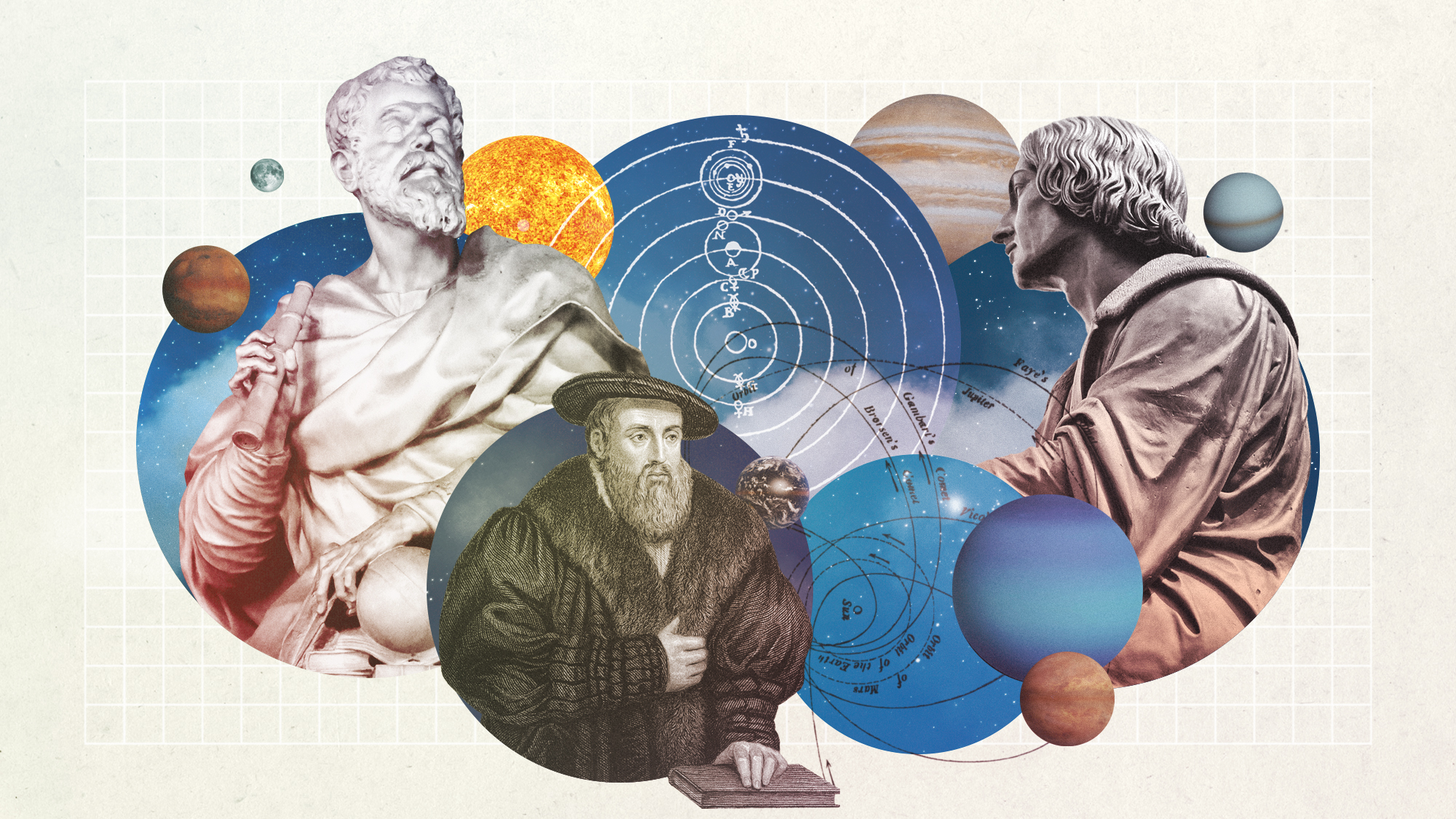 Heliocentrism explained in 60 seconds: ideas that changed the world
Heliocentrism explained in 60 seconds: ideas that changed the worldIn Depth The discovery that Earth revolves around the Sun laid the foundations for modern physics
-
 Blood moon: what it is and where to see it
Blood moon: what it is and where to see itIn Depth The longest total solar eclipse of the 21st century will be visible in UK skies tonight
-
 Double moon 27 August: hoax returns to fool Facebook yet again
Double moon 27 August: hoax returns to fool Facebook yet againSpeed Read A rumour is doing the rounds that there will be a 'spectacular double moon' in the sky in late August but astronomers say it's all nonsense
-
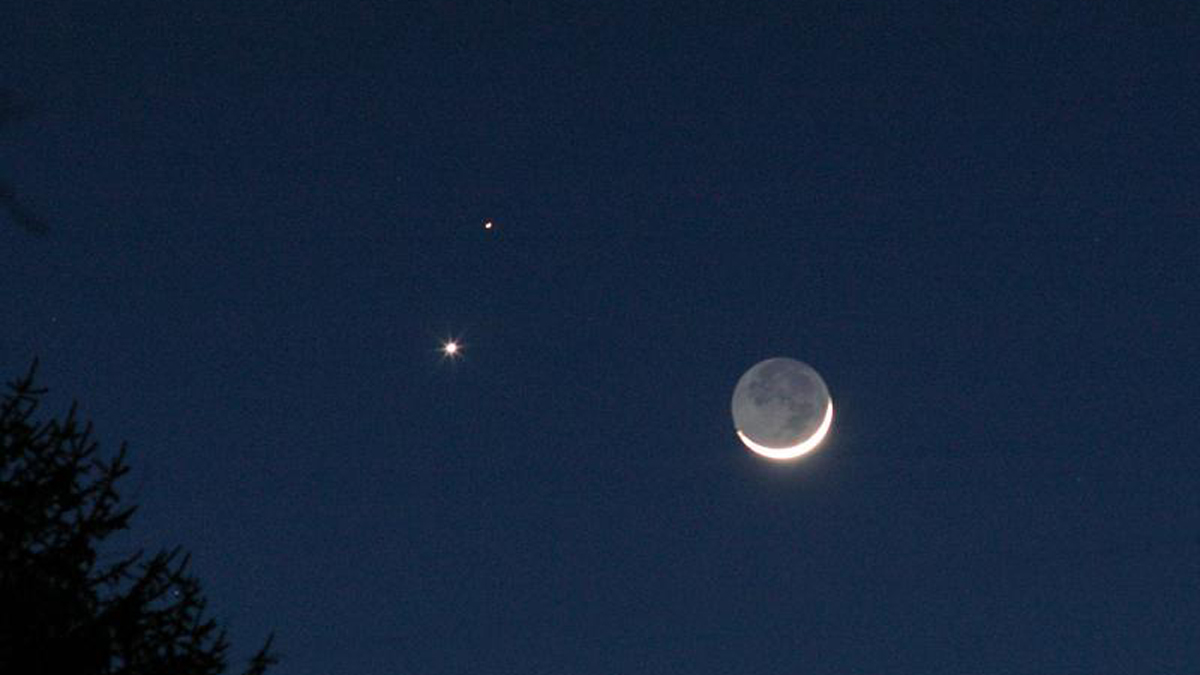 Venus and Jupiter conjunction: how can I see 'Star of Bethlehem' event?
Venus and Jupiter conjunction: how can I see 'Star of Bethlehem' event?Speed Read Conjunction of Venus and Jupiter will 'lift our attention away from our own little world into the enormous things beyond'
-
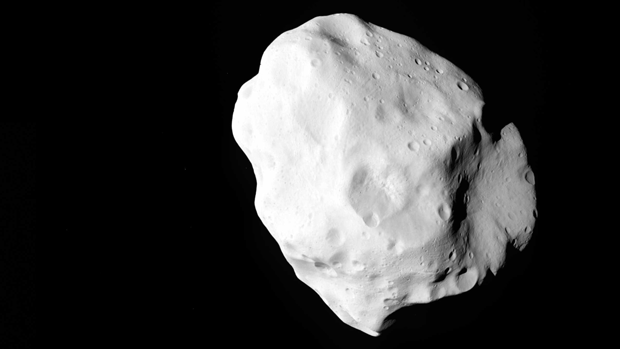 Giant asteroid 2004 BL86 to buzz Earth in celestial 'near miss'
Giant asteroid 2004 BL86 to buzz Earth in celestial 'near miss'In Depth Don't panic: the asteroid will miss us by a comfortable 745,000 miles – but nothing will get closer until 2027